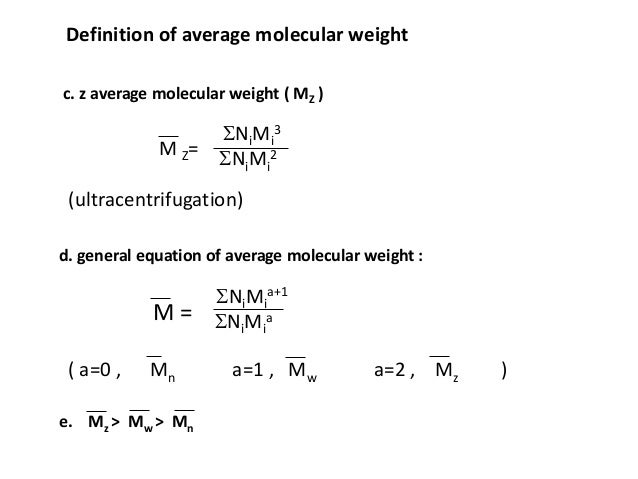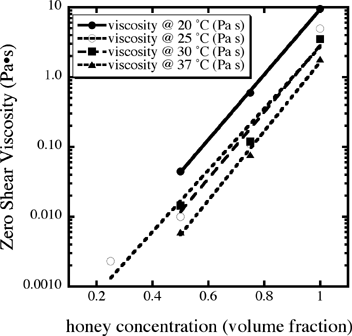

Dissolved gas will influence the viscosity of petroleum. By measuring viscosity at several temperatures, a relationship can be determined to help predict the viscosity of the fluid at other temperatures. As a result, viscosity measurements are always reported with the temperature at which the measurement is made. As temperature increases, the viscosity will decrease. Viscosity is influenced by the composition of the crude oil, the temperature, dissolved gas content, and the pressure. For a frame of reference, the viscosity of some common materials is as follows: water ∼1 cP, olive oil ∼80 cP, honey 2000–10,000 cP, peanut butter ∼250,000 cP, and chocolate ∼1,000,000 cP. It is measured in poise (P), 0.100 kg m −1 s −1, but usually expressed as centipoise (cP), 0.001 kg m −1 s −1. Viscosity is the internal friction due to molecular cohesion in fluids which results in resistance to flow. Harry Dembicki, Jr., in Practical Petroleum Geochemistry for Exploration and Production, 2017 Viscosity This is because their average molecular weight can be adjusted to a value closer to the critical limit for shear stability. Consequently, at a given stability level and structure, VI improvers with a narrower molecular-weight distribution will have a higher thickening power.

It should be noted that because shear stability is molecular weight sensitive, the molecular weight of a VI improver with a broad distribution will have to be adjusted to a comparatively low value for proper control of SSI. In Figure 41 311 it is clear that the star polymethacrylate (PMA) VM behaves better than the linear PMA or PIB because it has the highest VI with a minimum SSI. 309 Under the same shear rate their higher viscosity 310 is the reason why star polymers are used as an improved VI in the multigrade lubricating oils. Toward these lines star polymers (e.g., star polymethacrylates, hydrogenated star PIs) are perfectly suited for VI improvers, as they have higher shear stability than the corresponding linear ones. The lower the value of SSI, the better or more resistant is the VI improver to mechanical stress or shear. Shear stability of VI (or VM) is evaluated by determining the shear stability index (SSI), which is a measure of loss of viscosity due to shearing. Lower-molecular-weight polymers are more shear resistant but do not improve viscosity as effectively as at higher temperatures and, therefore, must be used in larger quantities. Higher-molecular-weight polymers make better thickeners but tend to have less resistance to mechanical shear. As the additive (VI improver) is repeatedly sheared in the engine, it loses its ability to act as a more viscous fluid at higher temperatures, due to chain scission. The primary disadvantage of the polymers as VI is their sensitivity (chain scission) to mechanical shearing.


 0 kommentar(er)
0 kommentar(er)
